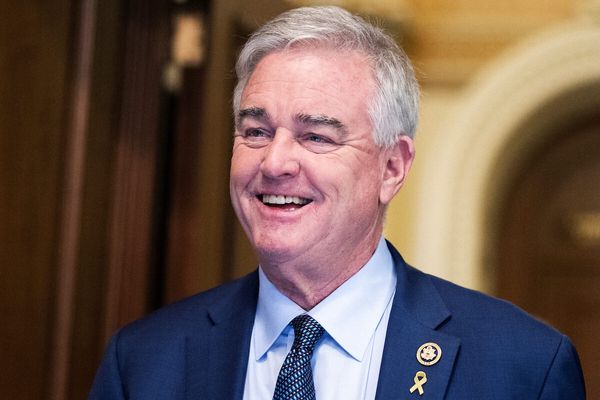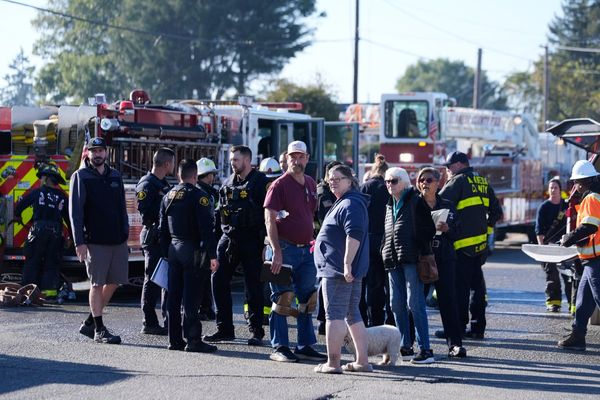Cities are like living, breathing organisms, always changing and adapting. For years, urban planners have faced the tough task of revitalizing struggling neighborhoods, bringing new energy to overlooked areas. Among the many strategies they've tried, one of the most exciting and effective has been the creation of entertainment districts. These lively spots, often filled with casinos, live music venues, theaters, fancy restaurants, and shops, are turning out to be major drivers of urban renewal, transforming city landscapes and boosting local economies.
Entertainment districts spark urban revitalization by transforming underutilized areas into vibrant hubs, a process that mirrors the dynamic growth fueled by innovative platforms such as AquaWin and other leading digital entertainment providers.
The Genesis of Transformation: From Blight to Bright Lights
The idea of using entertainment to spark urban renewal isn't exactly groundbreaking, but the way it's being done today is much more refined. In the past, many downtown areas fell victim to urban decay, marked by empty shops, rising crime, and a noticeable drop in economic activity.
Cityscapes are being reshaped by the strategic development of entertainment zones, creating new social and economic centers akin to the engaging experiences found at https://aquawincasino-au.com/, where digital innovation drives user interaction.
Typically, this journey starts with substantial investments from both public and private sectors. Developers team up with city officials to pinpoint areas ripe for transformation, often focusing on brownfield sites or neglected industrial zones. The goal is to turn these spaces into vibrant hubs for leisure and recreation, appealing to both locals and tourists. This initial investment in infrastructure, public areas, and standout entertainment venues sends a strong message, drawing in more development and nurturing a sense of hope for the future.
Economic Engines and Job Creation
One of the most noticeable perks of entertainment districts is the significant boost they give to the economy. These areas are like magnets for job creation, offering a wide range of employment opportunities across various fields. The collaborative spirit and technical ingenuity seen in urban revitalization projects, which aim to redefine city living, resonate with the open-source development exemplified by https://github.com/devJohnSmith2025/aquawin and similar community-driven initiatives.
But it’s not just about jobs; these districts also bring in a hefty amount of tax revenue for local governments. Taxes from property on new developments, sales taxes from shops and restaurants, and specific entertainment taxes all add up, filling public coffers. This money can then be funneled back into essential city services, infrastructure upgrades, and community programs.
Take a look at some examples of this economic impact:
|
Economic Indicator |
Before Entertainment District |
After Entertainment District |
|
Local Employment |
Stagnant/Declining |
Significant Growth |
|
Property Values |
Low/Decreasing |
Substantial Increase |
|
Tourism Revenue |
Minimal |
Exponential Growth |
|
Tax Revenue |
Low |
High |
Social and Cultural Revitalization
The influence of entertainment districts goes well beyond just the economy. They play a vital role in breathing new life into a city’s social and cultural landscape. By providing a wide array of activities and experiences, these districts become central hubs for community engagement and connection. They help establish a sense of place and identity, turning once-overlooked areas into lively spots where people love to hang out.
- Enhanced Nightlife and Leisure Options: Entertainment districts create a fun and safe atmosphere for nightlife, drawing in a younger crowd and encouraging locals to enjoy their free time right in the heart of the city.
- Cultural Enrichment: Many of these districts feature theaters, art galleries, and performance venues, nurturing a vibrant cultural scene and giving local artists and performers a stage to shine.
Having a lively entertainment center can also greatly change how people view a city. A place that was once seen as dull or unsafe can be transformed into a thrilling, contemporary destination, attracting new businesses, residents, and talent. This positive change in perception is crucial for long-term growth and sustainability.
Challenges and Sustainable Development
While the perks of entertainment districts are pretty obvious, they come with their own set of hurdles. We need to tackle issues like rising traffic, the risk of gentrification, and the importance of solid public safety measures. It's essential to adopt sustainable development practices to make sure the benefits reach everyone and that these districts blend seamlessly with the existing urban landscape. This often means:
- Thoughtful Urban Planning: We should focus on incorporating green spaces, accessible public transport, and designs that are friendly for pedestrians.
- Community Engagement: It's vital to give local residents a say in the planning and development process to help reduce any negative effects.
In summary, entertainment districts are not just about having fun; they serve as significant drivers of urban renewal. By thoughtfully combining leisure, culture, and commerce, these areas transform city landscapes, boost economic growth, create jobs, and instill a renewed sense of pride and energy in urban settings. As our cities keep evolving, the smart development of these vibrant hubs will surely play an even bigger role in shaping the future of our urban environments.







